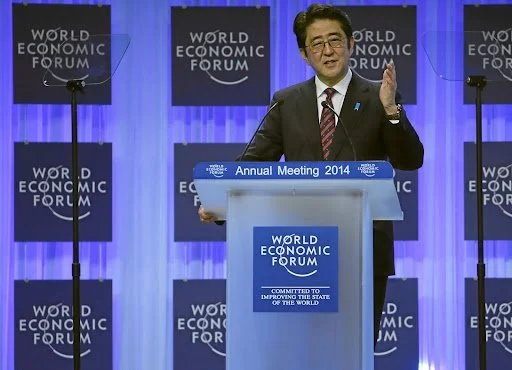Examining Japan’s Technological Stagnation
Hiro Japanese robot at the International Machine Tool Biennial Photo: Feria Máquina Herramienta / Tecnalia
Post-World War II, Japan shocked the world with unprecedented economic growth. This growth was fueled by technology transfers from the West, endogenous technological innovation, and the birth of political institutions which facilitated economic growth through industrial policy. Real increases to GNP averaged 9.6% from 1952 to 1971. Real GNP per capita only took seven years to recover to pre-WWII levels.
During this period, many of the most important Japanese companies were incorporated. Toyota was founded immediately prior to WWII and saw global growth throughout the post war period. Honda in 1948, Sony in 1946, Subaru in 1953, and Canon in 1933 were similar stories. These firms saw extreme growth in domestic production and global exports during the post-war period, playing important roles in the global economy.
This economic growth was so profound that it led a series of experts to predict that Japan would overtake the US as the most important global economy. Economic growth aside, the firms provided improvements to automobiles, cameras, TVs and various other hardware. Born in 1942, Shunpei Yamazaki became the world record holder for most patents held by one person by innovating in computing technology during this period.
Unfortunately, Japanese growth has stagnated since the 1980s. The Japanese stock market has still yet to reapproach the peaks of the 1980s, poverty rates have held steady, and South Korea has passed Japan in real GDP per capita. This stagnation has been highlighted by a lack of innovation.
Japan once gave the world pocket calculators, the Sony Walkman, and LED lights, but now is falling behind in the global technological landscape. Japanese high tech firms are no longer leaders in their industries, losing a decade of progress from 2000 to 2010 and falling behind US firms such as Apple and Google. Emblematic of the lack of innovation among Japanese tech firms, in 2020, 95% of businesses in Japan still used a fax machine as an important means of communication.
Even worse, the Japanese banks have kept unprofitable businesses propped up through unscrupulous lending, leading to over 25 percent of Japanese firms every year since 1994 to be “zombie firms,” or firms that only produce enough money to continue operating without being able to pay off debt. Anecdotally, life has been described as relatively unchanged over the past 20 years in Japan.
Shinzo Abe speaks during the Annual Meeting 2014 of the World Economic Forum Photo: Remy Steinegger / WEF
This extreme change in Japan’s economic fortune can be explained in several ways. Economic headwinds such as an aging population, low immigration, and deflationary monetary regime have been blamed for the lack of innovation. Another explanation is the cultural aversion to tech start-ups.
Alternatively, Mancur Olson’s explanation attributed Japan’s decrease in productivity to the uniqueness of the post-war period. His diagnosis was that the war provided an institutional reset where no social group had special privileges, but over time, Japanese special interest groups would become pervasive. Some combination of these diverse set of problems likely explains the stagnation, yet no solution has been found.
When Shinzo Abe came into power for the second time in 2012, his set of economic interventions dubbed “Abenomics” and his administration attempted to recreate Japan’s economic miracle. These policies were a mixed bag, failing to reach the lofty goals they set out to achieve. Recently, Economic revitalization minister Daishiro Yamagiwa set out to invest 100 billion Yen in cutting edge technology, to spur Japanese economic growth, an effort that demonstrates the Japanese government’s intentions to regain their lost technological lead.


